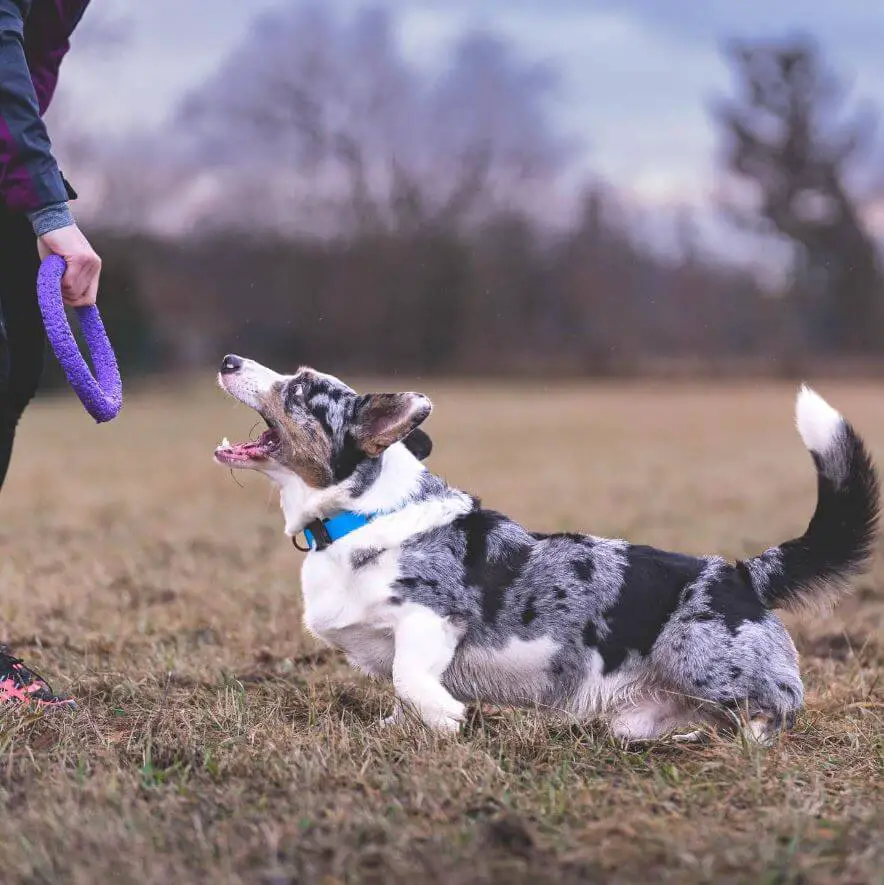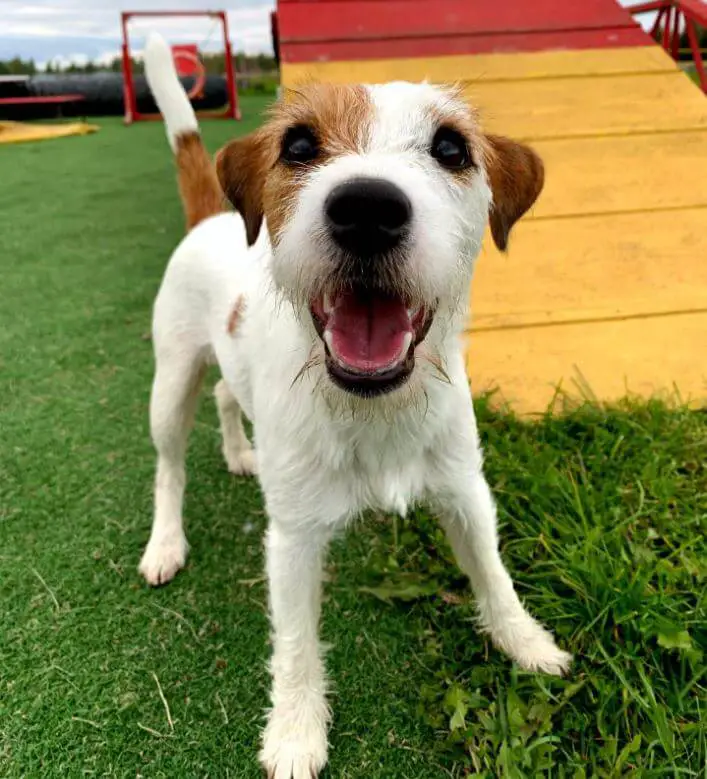Positive reinforcement dog training is a proven and humane approach to teaching your furry friend good behavior. This method focuses on rewarding desired actions and behaviors, making learning an enjoyable experience for your dog. In this article, we’ll delve into the world of positive reinforcement training, its benefits, and how to use this approach to build a strong bond with your canine companion.

Understanding Positive Reinforcement Training:
Positive reinforcement is a training technique that uses rewards to encourage dogs to exhibit desired behaviors. Instead of punishing unwanted actions, this method promotes the use of treats, praise, toys, or affection to motivate your dog to learn and follow commands.
Key Principles of Positive Reinforcement:
- Reward Desired Behaviors: Positive reinforcement involves praising and rewarding your dog when they perform the desired action or behavior.
- Immediate Timing: Rewards should be given immediately after your dog exhibits the desired behavior to reinforce the connection between the action and the reward.
- Consistency: Be consistent in rewarding your dog for good behavior to help them understand what is expected of them.
Benefits of Positive Reinforcement Training:
- Strong Bond: This training method helps build a trusting and loving relationship between you and your dog, enhancing the human-canine bond.
- Stress-Free Learning: Dogs respond better to positive reinforcement because they associate training with enjoyable experiences rather than fear or anxiety.
- Increased Confidence: Positive reinforcement boosts your dog’s self-esteem, as they realize they can earn rewards through their actions.
- Effective Obedience: Dogs trained with positive reinforcement are more likely to exhibit the desired behaviors consistently.

How to Implement Positive Reinforcement Training:
- Select Appropriate Rewards: Choose rewards that your dog finds highly motivating. Common rewards include treats, verbal praise, toys, and physical affection.
- Timing is Everything: Immediately reward your dog when they perform the desired behavior. This helps them connect the action with the reward.
- Use Clicker Training: Many trainers use a clicker to provide a distinct sound that marks the desired behavior. This helps your dog understand when they’ve done something right.
- Be Patient and Consistent: Consistency is key in positive reinforcement training. Stay patient, and always reward the good behaviors you want to reinforce.
- Keep Training Sessions Short and Fun: Dogs have a shorter attention span, so keep training sessions brief, engaging, and enjoyable.
Common Commands for Positive Reinforcement Training:
- Sit: Use a treat to encourage your dog to sit. Reward them as soon as they do so.
- Stay: Reward your dog for remaining in place, gradually increasing the duration of the stay.
- Come: When your dog responds to the “come” command, reward them with a treat and praise.
- Down: Use a treat to guide your dog into a lying down position, then reward them.

Positive reinforcement dog training is a rewarding and effective way to teach your dog good behavior while strengthening the bond between you and your furry companion. With patience, consistency, and the use of appropriate rewards, you can guide your dog to become a well-behaved and obedient pet. Embrace this humane training method to ensure your dog enjoys learning and thrives in a positive and loving environment.
